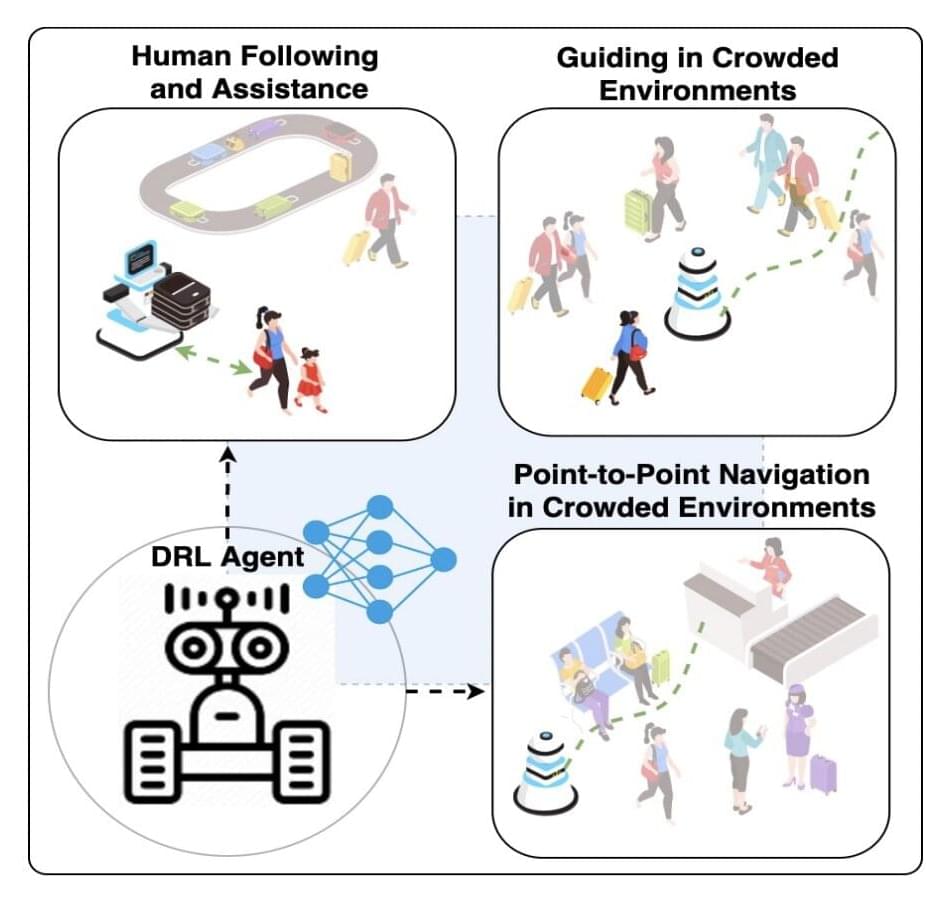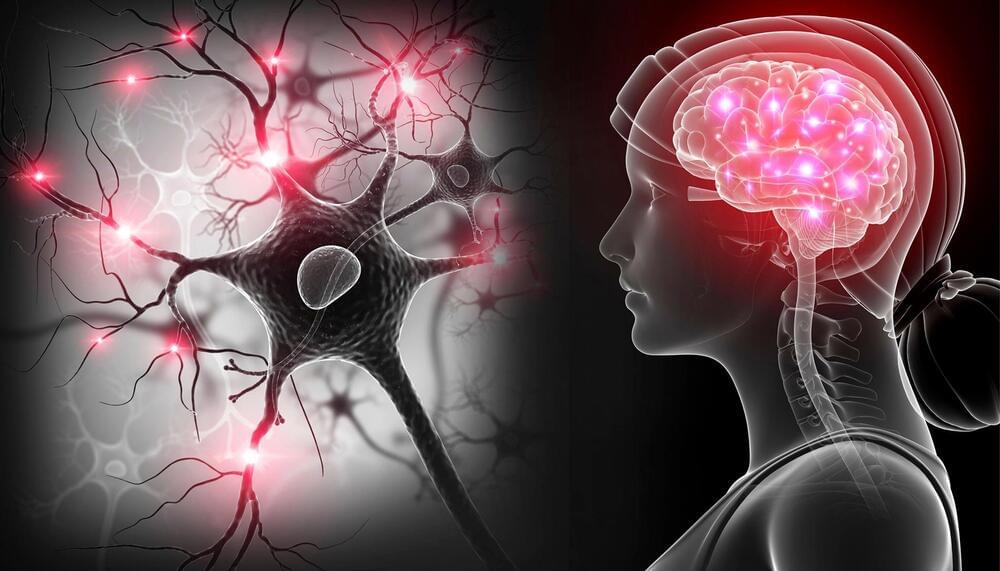Assistance robots are typically mobile robots designed to assist humans in malls, airports, health care facilities, home environments and various other settings. Among other things, these robots could help users to find their way around unknown environments, for instance guiding them to a specific location or sharing important information with them.
While the capabilities of assistance robots have improved significantly over the past decade, the systems that have so far been implemented in real-world environments are not yet capable of following or guiding humans efficiently within crowded spaces. In fact, training robots to track a specific user while navigating a dynamic environment characterized by many randomly moving “obstacles” is far from a simple task.
Researchers at the Berlin Institute of Technology have recently introduced a new model based on deep reinforcement learning that could allow mobile robots to guide a specific user to a desired location or follow him/her around while carrying their belongings, all within a crowded environment. This model, introduced in a paper pre-published on arXiv, could help to significantly enhance the capabilities of robots in malls, airports and other public places.






